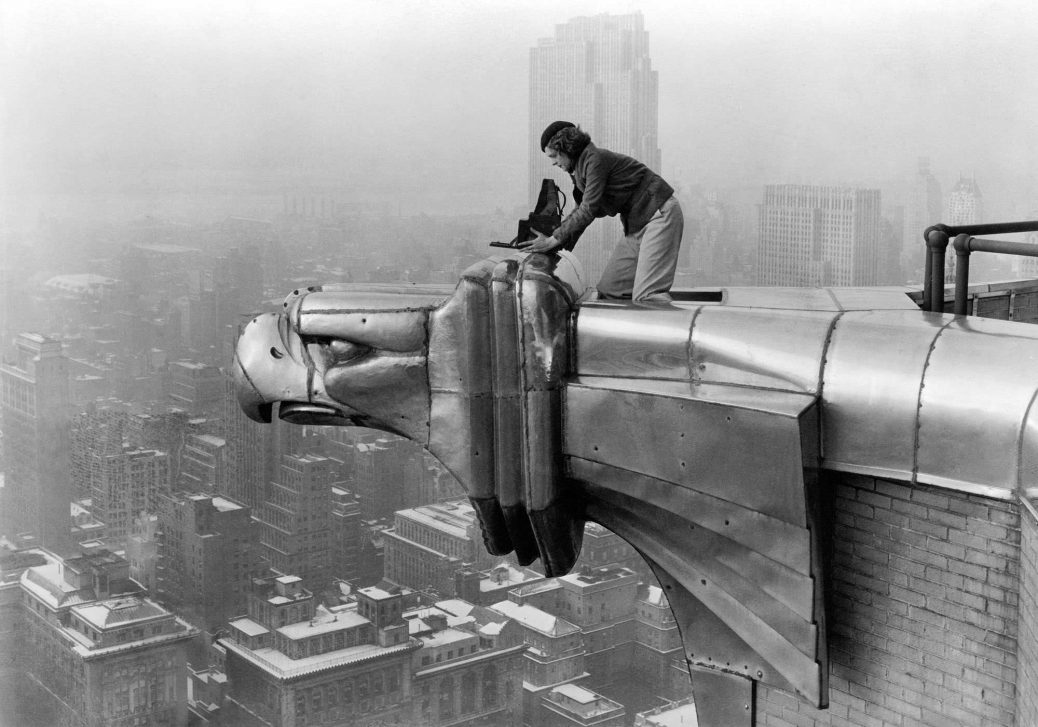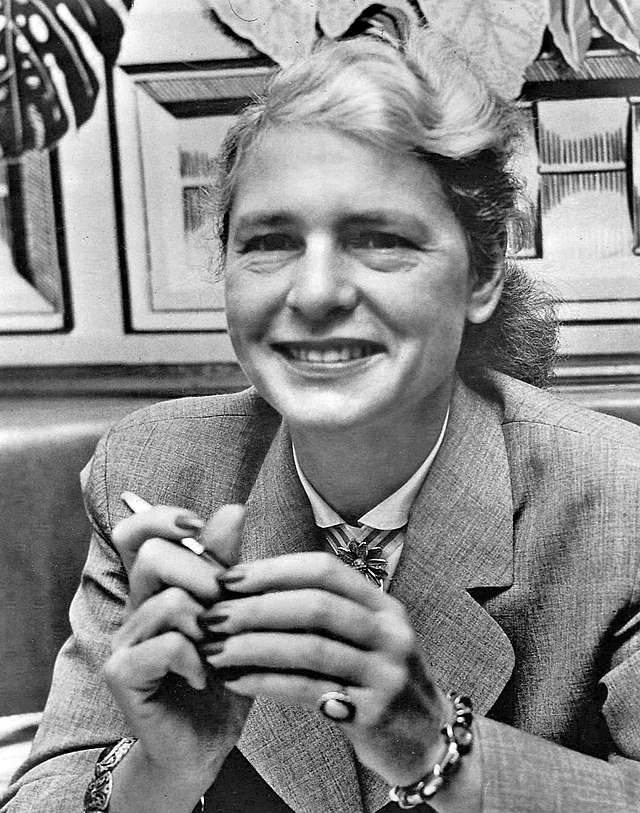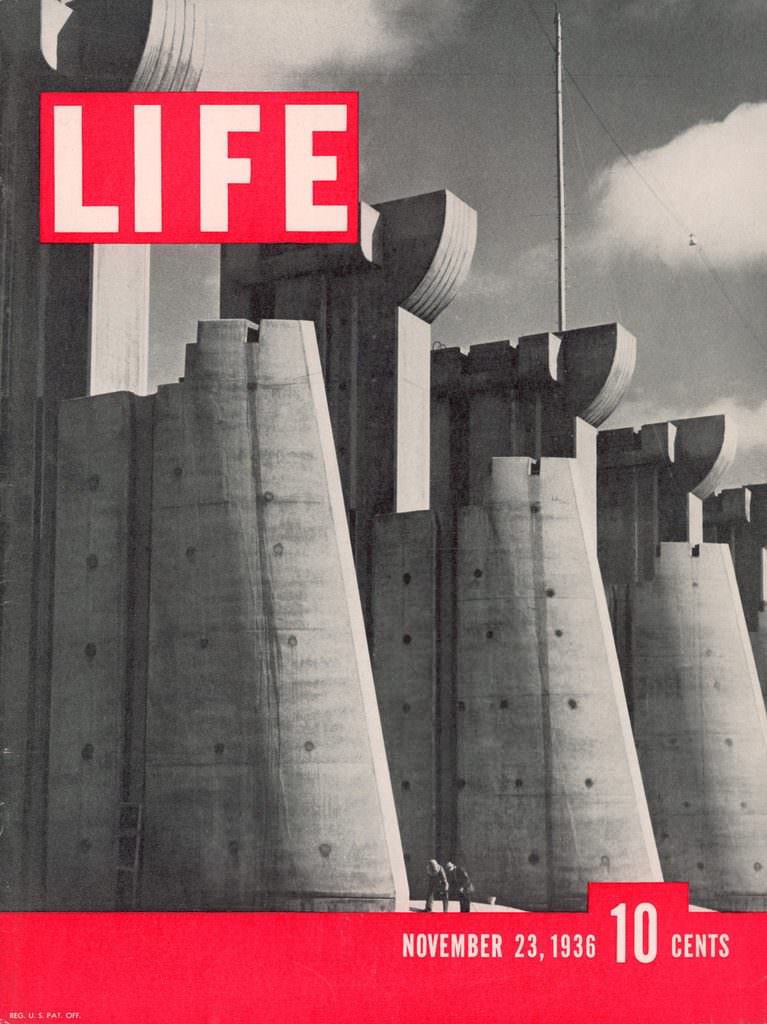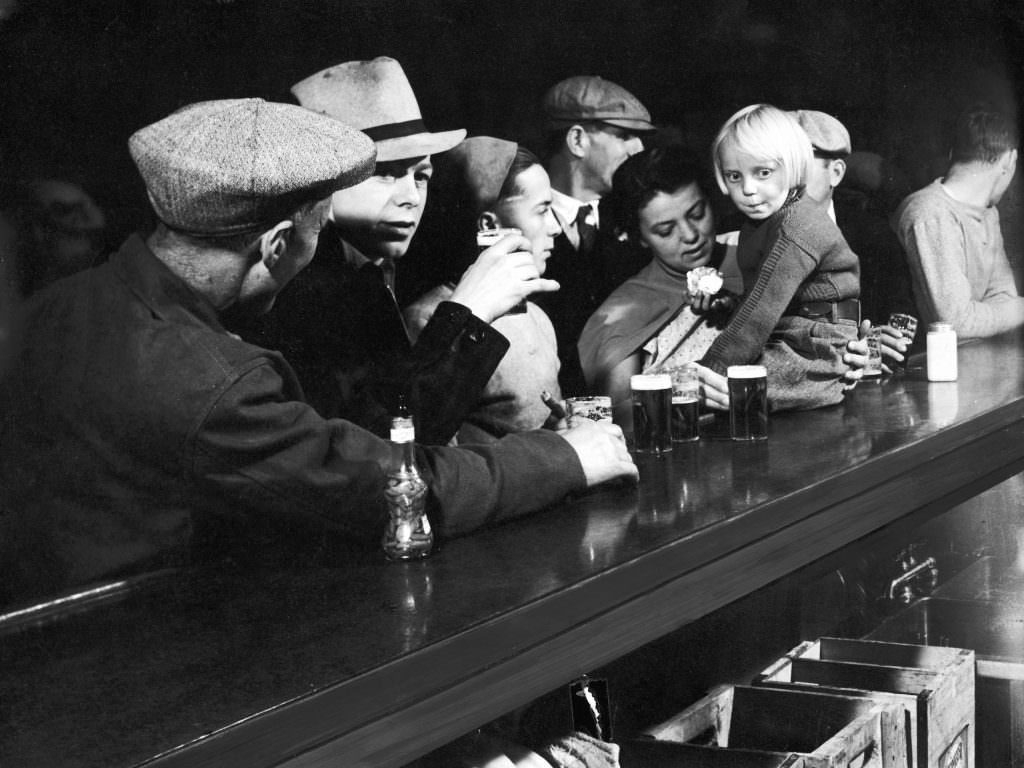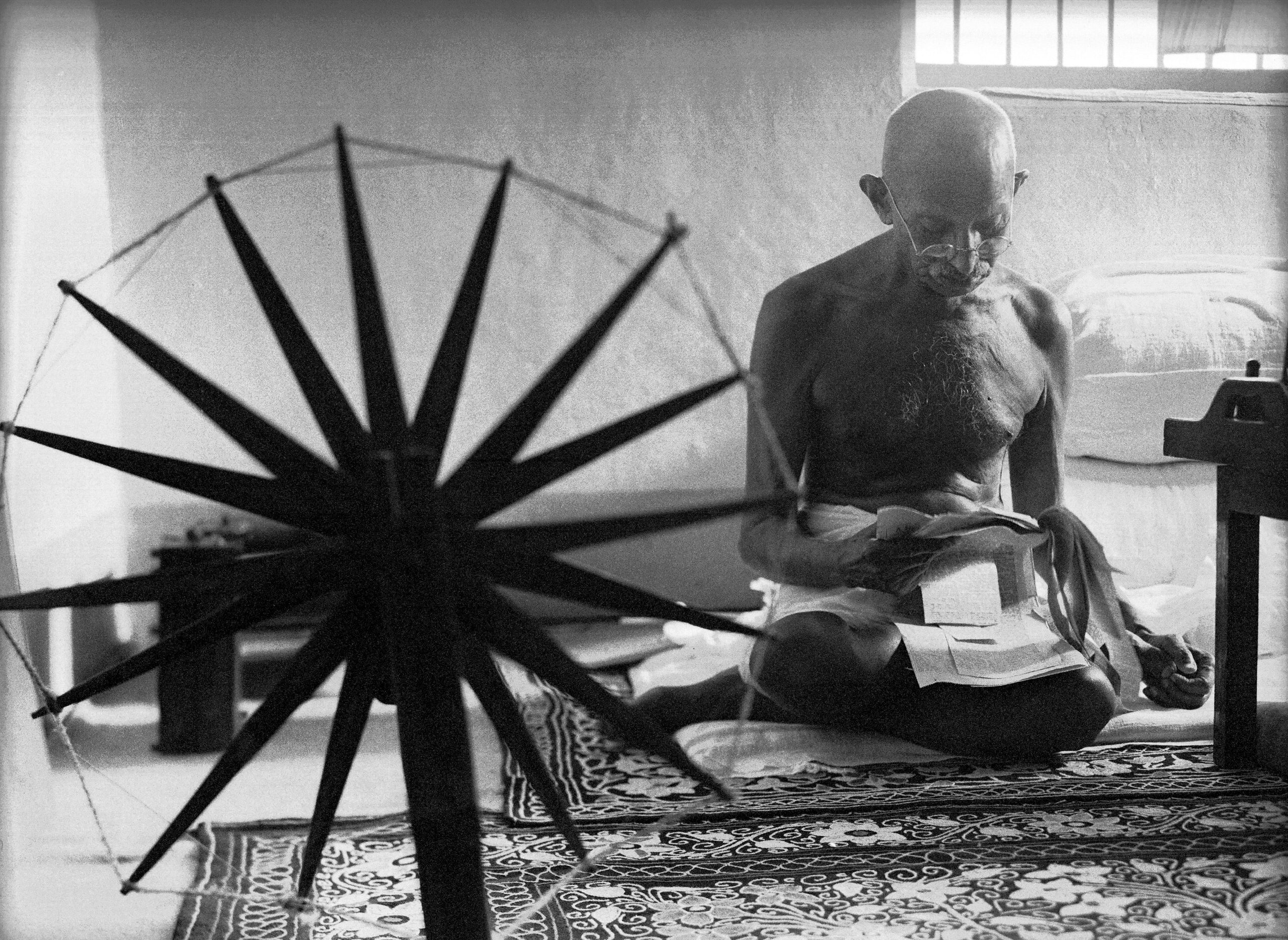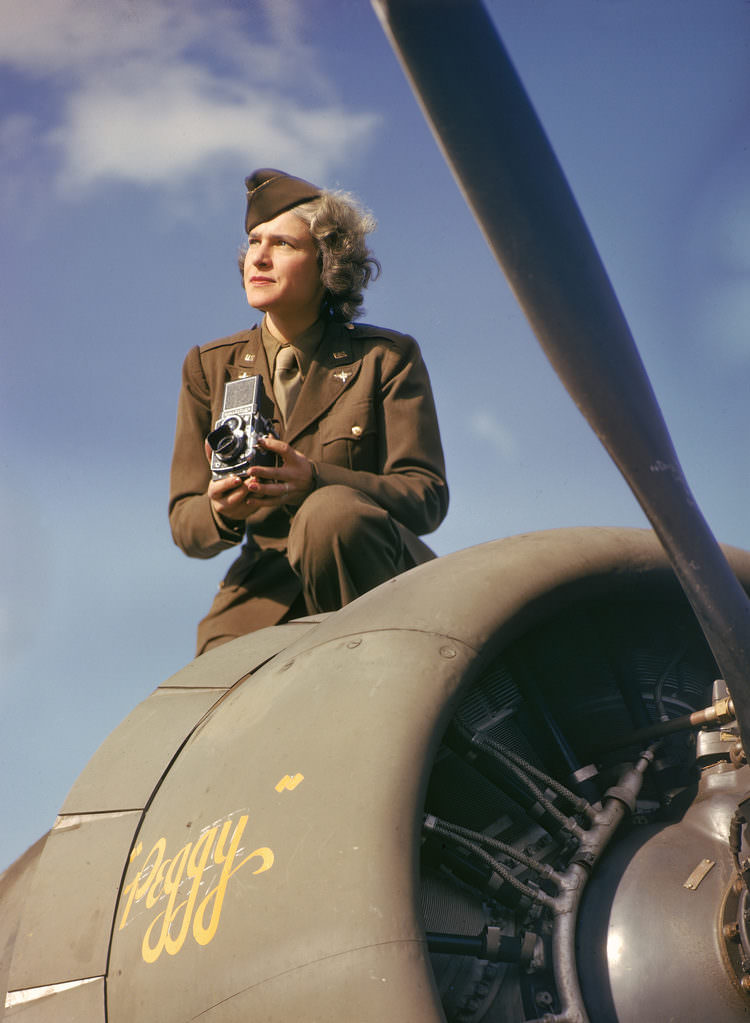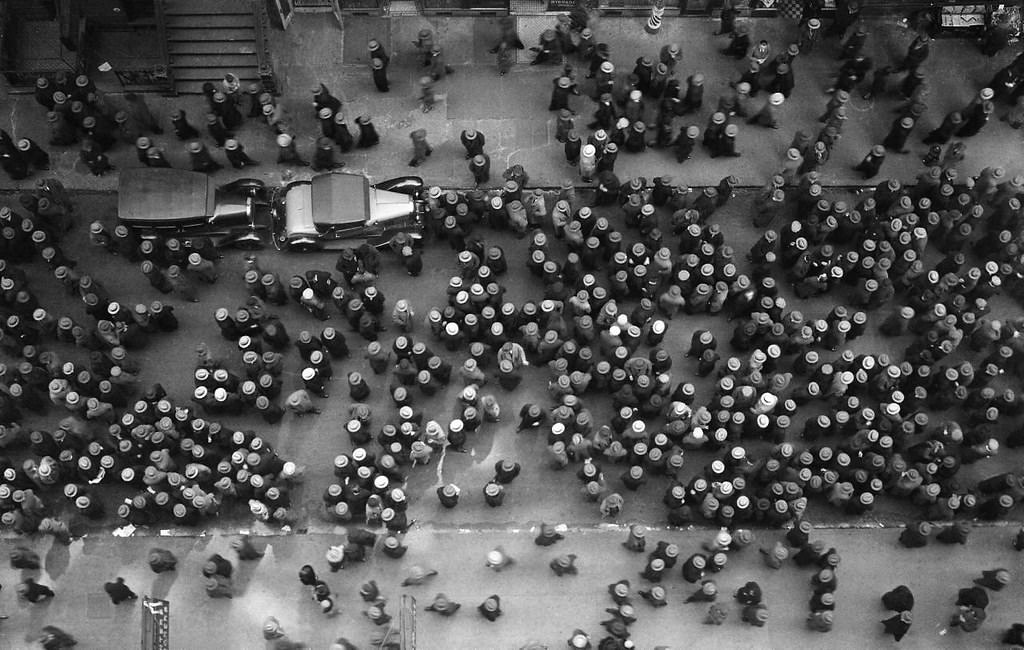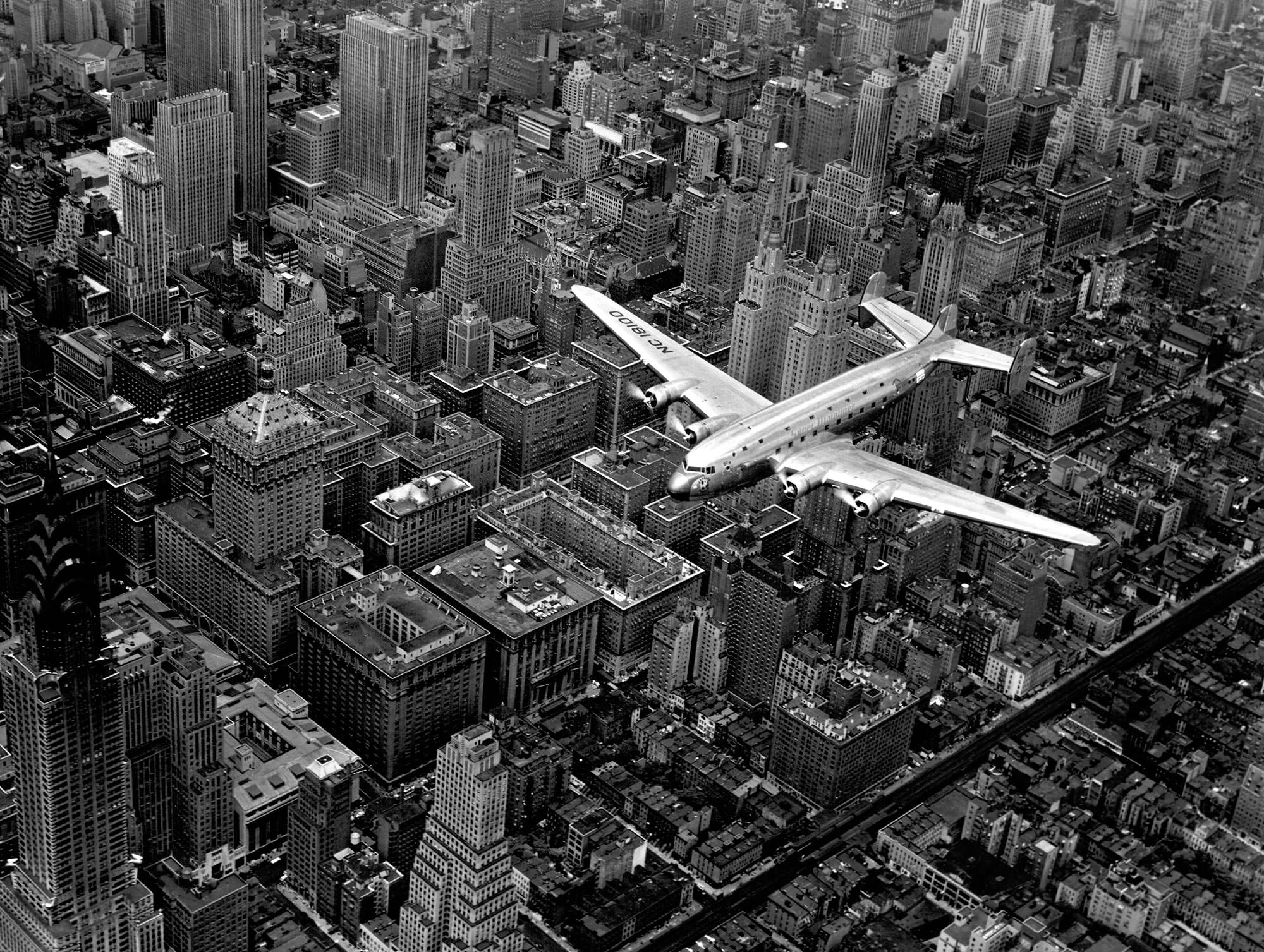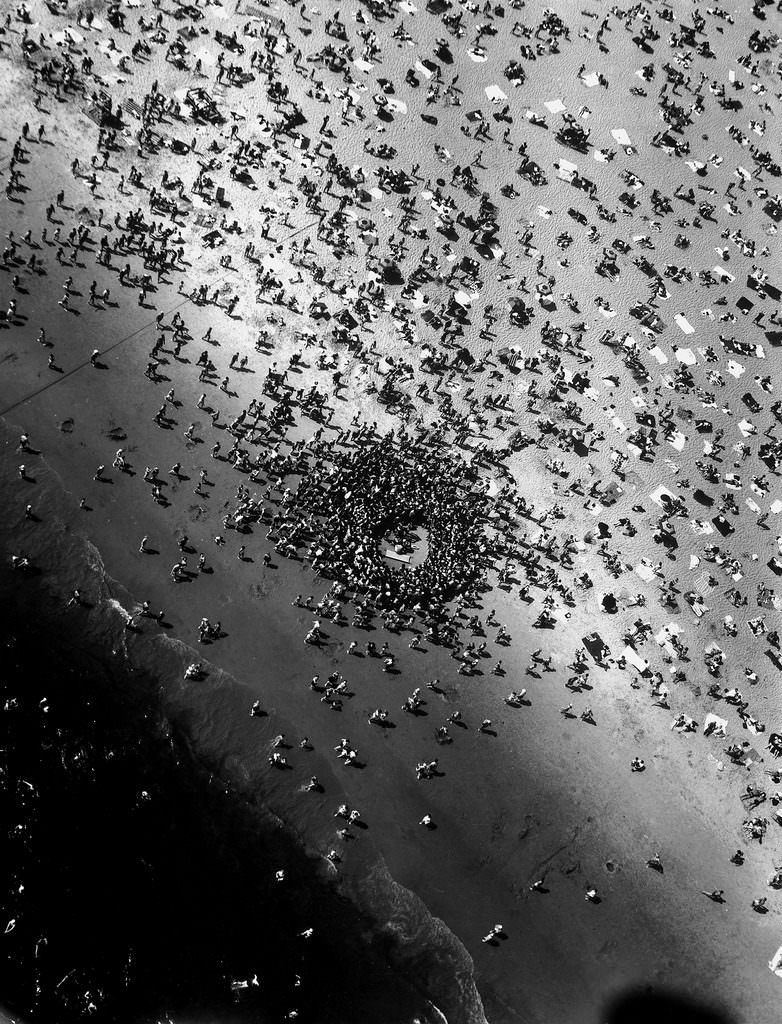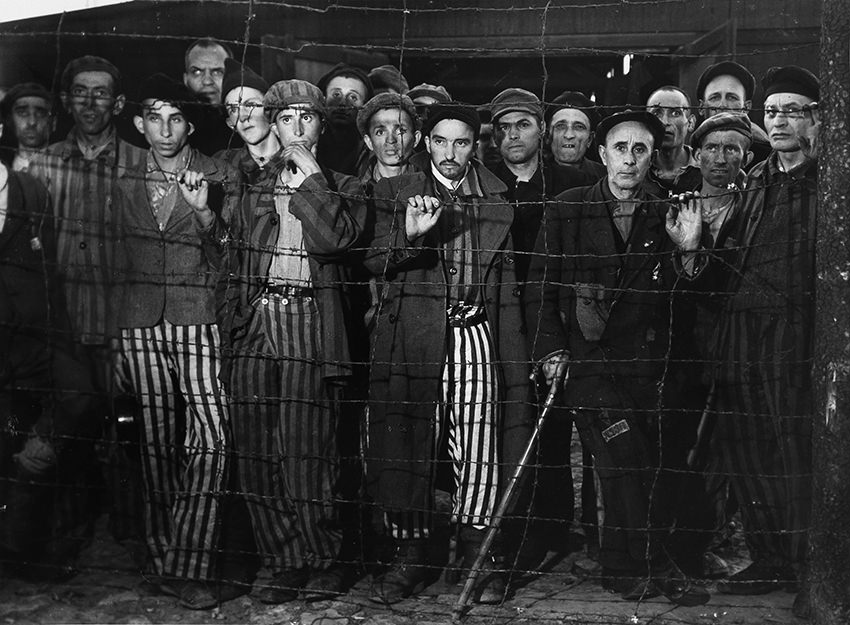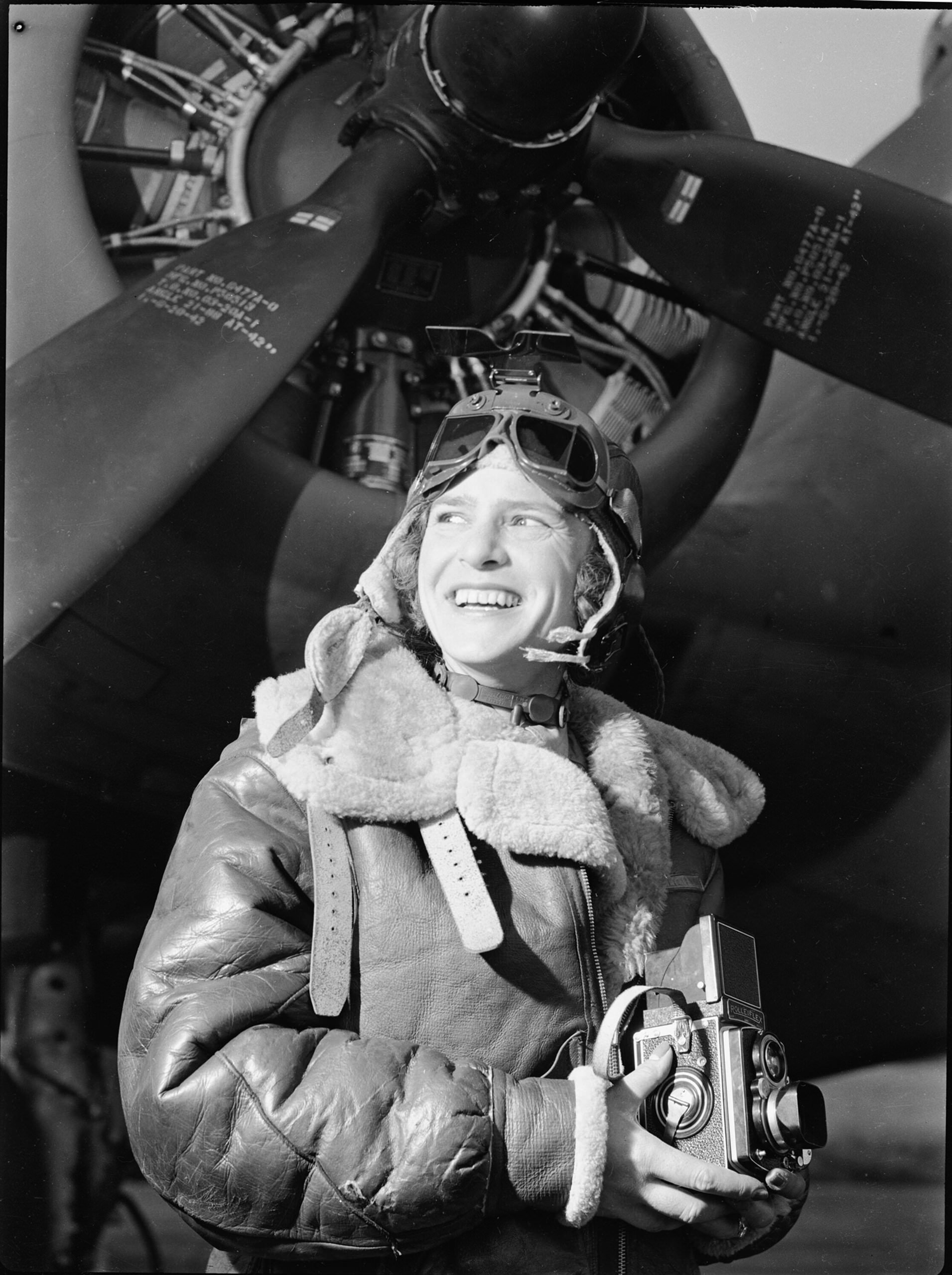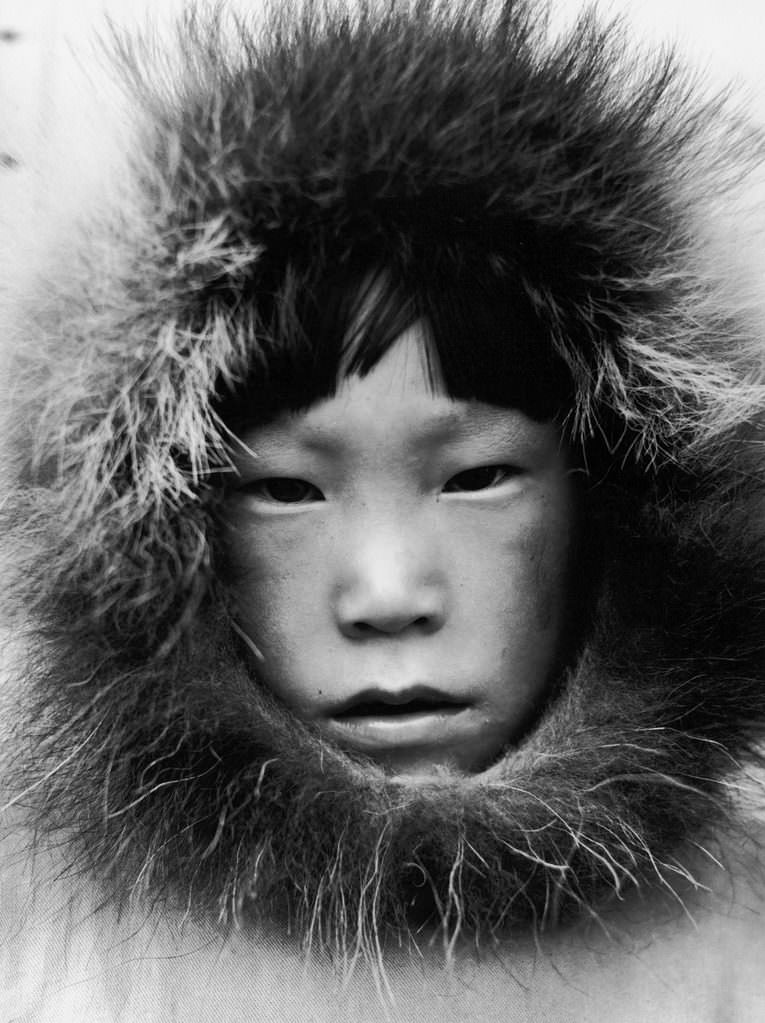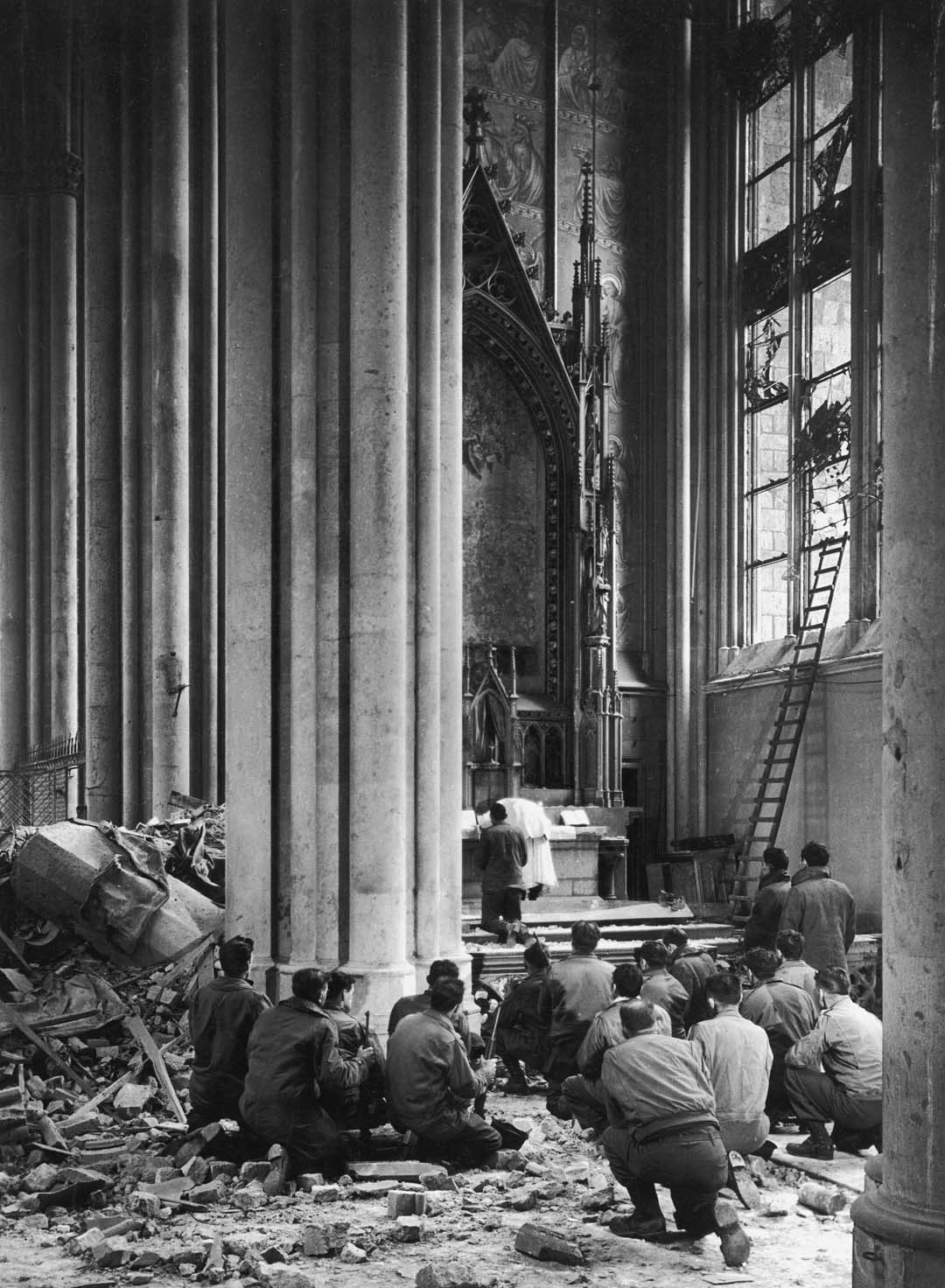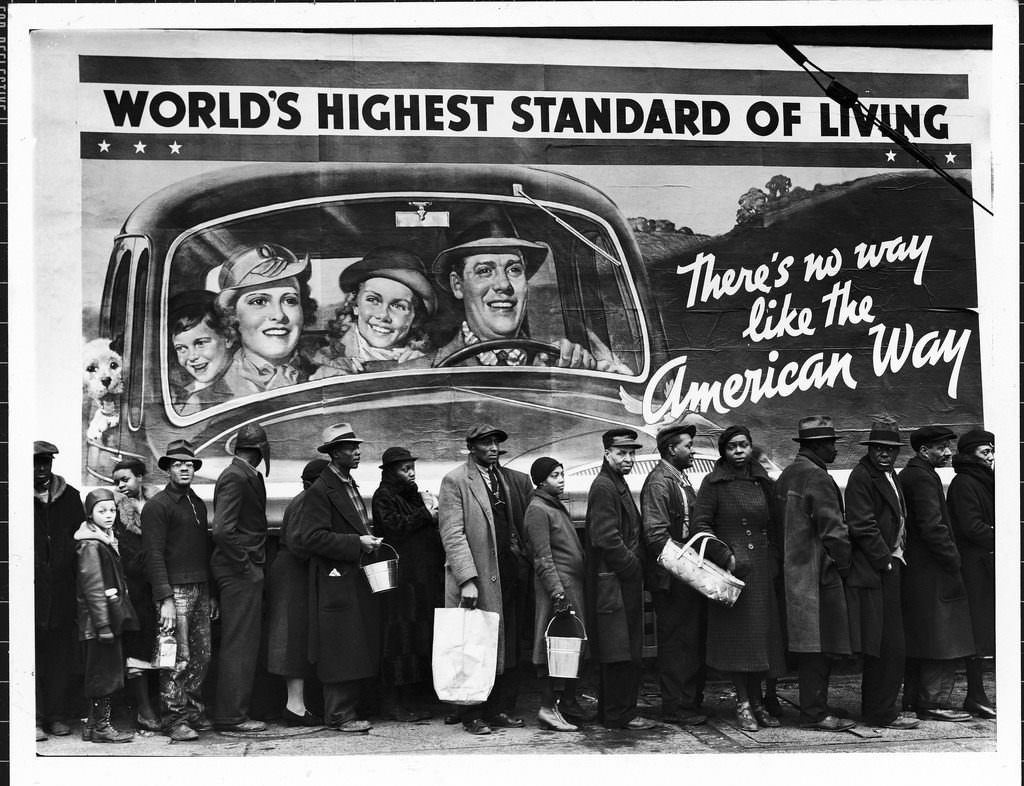Margaret Bourke-White: Photographic Works 1930-1960
This summer, CAMERA celebrates the legacy of another monumental American photographer, Margaret Bourke-White, following acclaimed retrospectives dedicated to Eve Arnold and Dorothea Lange. Bourke-White’s storied career spans from capturing the inaugural cover of the renowned LIFE magazine to her legendary portraits of figures such as Stalin and Gandhi. Her pioneering spirit not only shattered societal and gender barriers but also set a standard for exceptional imagery that vividly narrates the human condition through mass media.
Margaret Bourke-White’s journey into photography began in New York, where she was born in 1904. She initially studied biology at Columbia University under the tutelage of Clarence H. White, a significant figure in her early photographic education. After transferring to Cornell University, she founded her education by selling photographs of campus life. By 1926, Bourke-White had moved to Cleveland and opened her own modest studio. Her work during the day captured architectural and natural beauty, while at night, she turned her lens towards the industrial landscapes of steel mills, funding her photographic ventures.
Her big break came in 1929 when Henry Luce, a prominent publisher, invited her to New York to contribute to the newly conceived magazine, Fortune. This opportunity marked the beginning of her illustrious career, during which she documented the American industrial boom and traveled to the Soviet Union to capture the monumental changes of Stalin’s industrialization plans.
One of her most iconic photographs features Bourke-White herself perched atop a Chrysler Building gargoyle, daringly capturing New York City from an extraordinary vantage point.
The launch of LIFE magazine on November 23, 1936, featured Bourke-White’s photograph of Fort Peck Dam on its first cover, symbolizing the success of the New Deal and marking a new era for photojournalism. Her work during this period celebrated the industrial age and forged her reputation as a fearless photographer who embraced any challenge to capture impactful images.
In 1936, she also released “You Have Seen Their Faces,” a book co-authored with her husband, writer Erskine Caldwell, highlighting the harsh realities of poverty and racial segregation in the Southern United States.
Bourke-White’s later career saw her documenting the Second World War across various fronts, including the Soviet Union, North Africa, Italy, and Germany. She captured pivotal moments such as the Allied forces entering Berlin and the atrocities of concentration camps. Parkinson’s disease ultimately curtailed her photographic career in 1957, leading her to focus on writing her autobiography, “Portrait of Myself,” which was published in 1963. She passed away in 1971 due to complications from the disease.
The exhibit, curated by Monica Poggi, showcases approximately 150 images that chronicle Bourke-White’s impressive career and life. It also features a comprehensive selection of magazines that published her significant works.
A special catalogue, published by Dario Cimorelli Editore, will be released to commemorate the exhibition.
About the Author
American, 1904–1971. Margaret Bourke-White was an influential photojournalist renowned for her incisive photographs of 1930s Soviet Union, German industrial scenes, and the severe impacts of the Great Depression and drought across the American Midwest. She was among the first to photograph the interiors of German concentration camps like Erla and Buchenwald at the conclusion of World War II and took the final images of Mahatma Gandhi in India.
Bourke-White’s academic journey began at Columbia University in 1921, where she initially pursued herpetology. However, her career path shifted dramatically the following year after she took a photography course taught by Clarence H. White at his own school of photography. It was there she received her first camera, a used ICA Reflex with a cracked lens, and began experimenting with glass plate photography. Although she continued her zoology studies at the University of Michigan, her passion for photography deepened, leading her to frequently occupy the darkroom. She earned her biology degree from Cornell University in 1927 but devoted much of her time to professional photography. She established her initial studio within her apartment in Cleveland, Ohio, capturing striking images of architecture and industry that garnered commissions and attracted the attention of Henry Luce, the founder of Time and Fortune magazines. In 1929, Luce recruited her as the first staff photographer for Fortune. She relocated to New York City in 1930, setting up a studio in the iconic Chrysler Building. With the launch of Life magazine in 1936 by Luce, Bourke-White became a founding member of the photographic staff, and her image of Fort Peck Dam, Montana, graced the magazine’s debut cover.
Margaret Bourke-White: Photographic Works 1930-1960
June 14 – October 6, 2024
Camera – Torino – Italy

